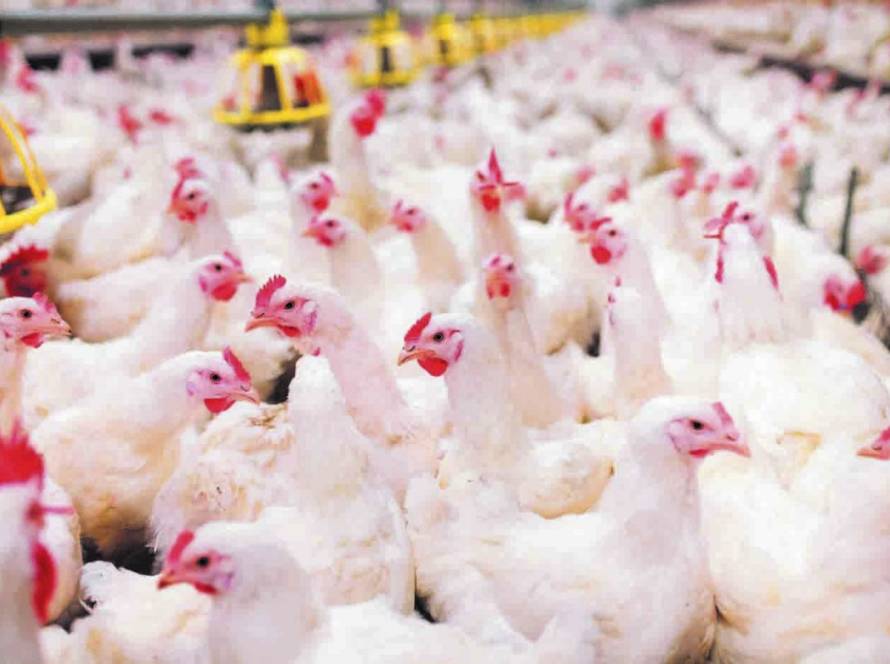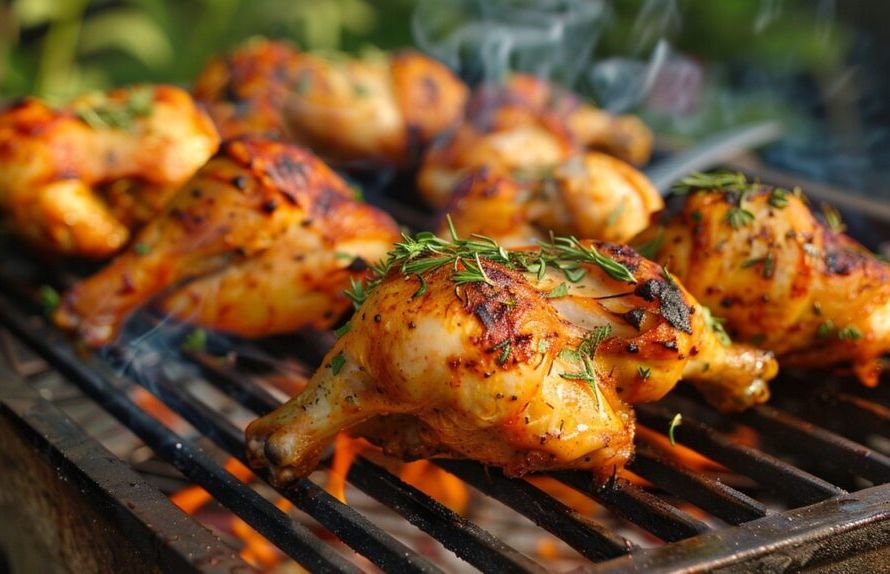Brazilian pork exports in nature were, until June/25, month after month, significantly exceeding shipments, when compared to the same period in 2024. In July/25, for the first time in the year, there was a decline in relation to last year, which was not sustained in August (table 1). Despite this decline, in the year-to-date (from January to August/25) there are almost 13% (96.7 thousand tons) more than 2024. In the partial of September/25, with shipping data up to the 12th, 63.4 thousand tons of Brazilian pork have already been exported in nature, an increase of 23.6% in daily volume when compared to September 2024, indicating that, most likely, this month will reach a new monthly export record, approaching 130 thousand tons.

Table 1. Exported volumes of Brazilian fresh pork (in tons), month by month, in 2021, 2022, 2023, 2024 and from January to August 2025. Prepared by Iuri P. Machado, with data from Secex.
The Philippines continues to lead our exports and China, although it still occupies second place in the year to date (table 2), has been significantly reducing its purchases, and in August/25 (table 3), China and Hong Kong together did not reach half of the volume shipped to the Philippines.

Table 2. Main destinations of Brazilian fresh pork exported in January and August 2025, compared with the same period in 2024, with value in dollars (FOB). Order of countries established based on 2025 volumes. Prepared by Iuri P. Machado, with data from Secex.

Table 3. Brazilian exports of fresh pork by destination in AUGUST 2025 (in tons and in US$) compared with August 2024. Prepared by Iuri P. Machado, with data from Secex.
As Table 4 below shows, the growth in Brazilian meat exports in 2025 is not limited to pork. Beef exports have far surpassed last year's volumes, and August 2025, despite the U.S. tariff hike, was the second-best month in terms of export volume in history, with over 268,000 tons. in nature shipped, even with the low volume imported by the USA (just over 6 thousand tons), a decrease of more than 50% compared to the previous month.
On the other hand, the Brazilian poultry industry, which had seen significant export growth in the first four months of the year compared to the same period in 2024, with the outbreak of avian influenza in Rio Grande do Sul reported in the first half of May, experienced a significant reduction in shipments between May and July. However, throughout July and August, importing countries gradually lifted their restrictions on purchases of Brazilian chicken. Among the countries that lifted their restrictions are the United Arab Emirates, South Africa, the Philippines, Mexico, South Korea, and, most recently, the European Union. According to Mbagro, approximately 13% of the monthly volume that Brazil would normally export is still suspended, including exports to China, which represented 12% of the Brazilian chicken export market. Despite this drop in chicken exports, the three meats combined, between January and August/25, accumulated an increase of just over 5% (280 thousand tons), compared to the same period last year.

Table 4. Brazilian exports of beef, chicken, pork and the sum of all three, in natura, in tons, from January to August 2025, compared with the same period in 2024 and with the previous period. Highlighted (in yellow) are the drops in chicken volumes from May to July 2025, due to the avian influenza outbreak in RS and the increase in the combined total of the three meats, with growth of 5.04% compared to the same period last year and of 10.58% compared to the previous seven months. Prepared by Iuri P. Machado, with data from Secex.
Analyzing these export data for the three proteins and considering domestic availability, the reduction in chicken shipments was more than offset by the increase in beef and pork exports. In this context, with the gradual recovery of normal poultry shipment volumes in August, which continues in the partial period of September (through the 12th), the prices of chilled chicken carcasses, which plummeted in June 2025 at the São Paulo wholesale market (chart 1), showed a significant recovery in September, particularly in recent days (chart 2), following the reopening of the European Union.

Chart 1. Average monthly price of chilled chicken in São Paulo (SP), in R$/kg of carcass, over the last 12 months. Average from September to September 16, 2025. Source: CEPEA

Chart 2. Daily price of chilled chicken in São Paulo (SP), in R$/kg of carcass, in the last 30 business days, up to 09/16/2025. Source: CEPEA
Beef, which has surpassed shipment volumes by almost 15% compared to last year, also with growth in slaughter, after experiencing a decline in carcass prices in July, rose again in August and maintained its upward trend in September, after overcoming the threat of the "tariff hike" (chart 3). It is noteworthy that the IBGE, in publishing the final slaughter data for the second quarter of 2025, showed that in this period, for the first time in the historical series, the slaughter of females exceeded that of males. Everything indicates that the turn of the cycle is approaching, with a gradual reduction in the supply of cattle for slaughter and strong demand in the domestic and international markets, which should keep prices firm for the remainder of the year.

As shown in graphs 4 and 5 below, pork prices (live and carcass) also fell in June and July, but recovered in August and September, showing that the pork market dynamics from now on should be based predominantly on supply and demand, with the chicken and beef chains, which, as we saw previously, are on an upward trend, should help keep pork competitive, even with high prices.

Chart 4. SPECIAL PORK CARCASS Indicator – CEPEA/ESALQ (R$/kg) in São Paulo/SP, monthly, in the last 12 months. Average from September/25 to September 16, 2025. Source: CEPEA

Chart 5. LIVE PIG Indicator – CEPEA/ESALQ (R$/kg) in MG, PR, RS, SC and SP, daily, in the last 12 months. Prices indicated in the chart refer to the month of September/25, until September 16. Source: CEPEA
The IBGE released the definitive slaughter figures for the second quarter of 2025 and the slaughter data by state in the first half of the year, highlighting the increase in Paraná, Rio Grande do Sul and Minas Gerais, when compared to the same period last year (table 5).

Table 5. Swine slaughter in the first half of 2025 by federative unit, compared to the same period last year. Highlights include increases in Paraná, Rio Grande do Sul, and Minas Gerais (blue). Ranking established based on tons of carcasses in 2025. Prepared by Iuri P Machado based on definitive data from the IBGE.
With the start of planting of the Brazilian summer crop and the harvest of the American crop, expectations of a good supply of inputs remain
Conab released the latest review of the 2024/2025 harvest with an increase of almost 3 million tons of corn, compared to the previous survey, totaling 139.7 million tons in the sum of the three national harvests of the 2024/25 period, remembering that the second harvest (safrinha) has practically already been harvested and the planting of the summer harvest (2025/26) of corn and soybeans has already started in Brazil.
The United States Department of Agriculture (USDA), in a report published on the 12th, raised its estimates for soybean and corn production in the country, with harvests beginning in the coming weeks. The USDA estimated the soybean crop at 117.07 million tons, up from the 116.82 million tons projected the previous month. For corn, the USDA increased its projection from 425.25 million tons to an impressive 427.08 million tons.
Even with good supply in Brazil and the expectation of a record North American harvest, corn prices on the domestic market have been rising gradually and consistently in recent weeks (graph 6), indicating that the lowest prices are behind us.

Chart 6. Average daily price of CORN (R$/SC 60kg) in CAMPINAS-SP, in the last 30 business days, until September 17, 2025. Source: Cepea
Soybean meal also experienced a slight increase in most Brazilian markets. As pork prices saw consistent gains, even with the rise in key input prices, the exchange rate remains quite favorable (chart 7).

Chart 7. Exchange rate for PORK: MIX corn + soybean meal (R$/kg) in São Paulo, from August 23 to August 25. Ideal exchange rate, above 5.00. Composition of the MIX: for each kilogram of MIX, 740g of corn and 260g of soybean meal. Prepared by Iuri P. Machado with data from CEPEA – prices for the state of São Paulo.
Final considerations
ABCS president Marcelo Lopes explains that the chicken export market is gradually returning to pre-avian influenza levels in Rio Grande do Sul, contributing to the recovery in prices for this meat. "This, combined with successive monthly beef and pork export records, keeps Brazilian animal proteins on a positive outlook, especially as the end of the year approaches with the traditional increase in seasonal demand." He concludes by saying that the relative stability in supply and prices of key inputs leaves the pork sector optimistic for the coming months.





